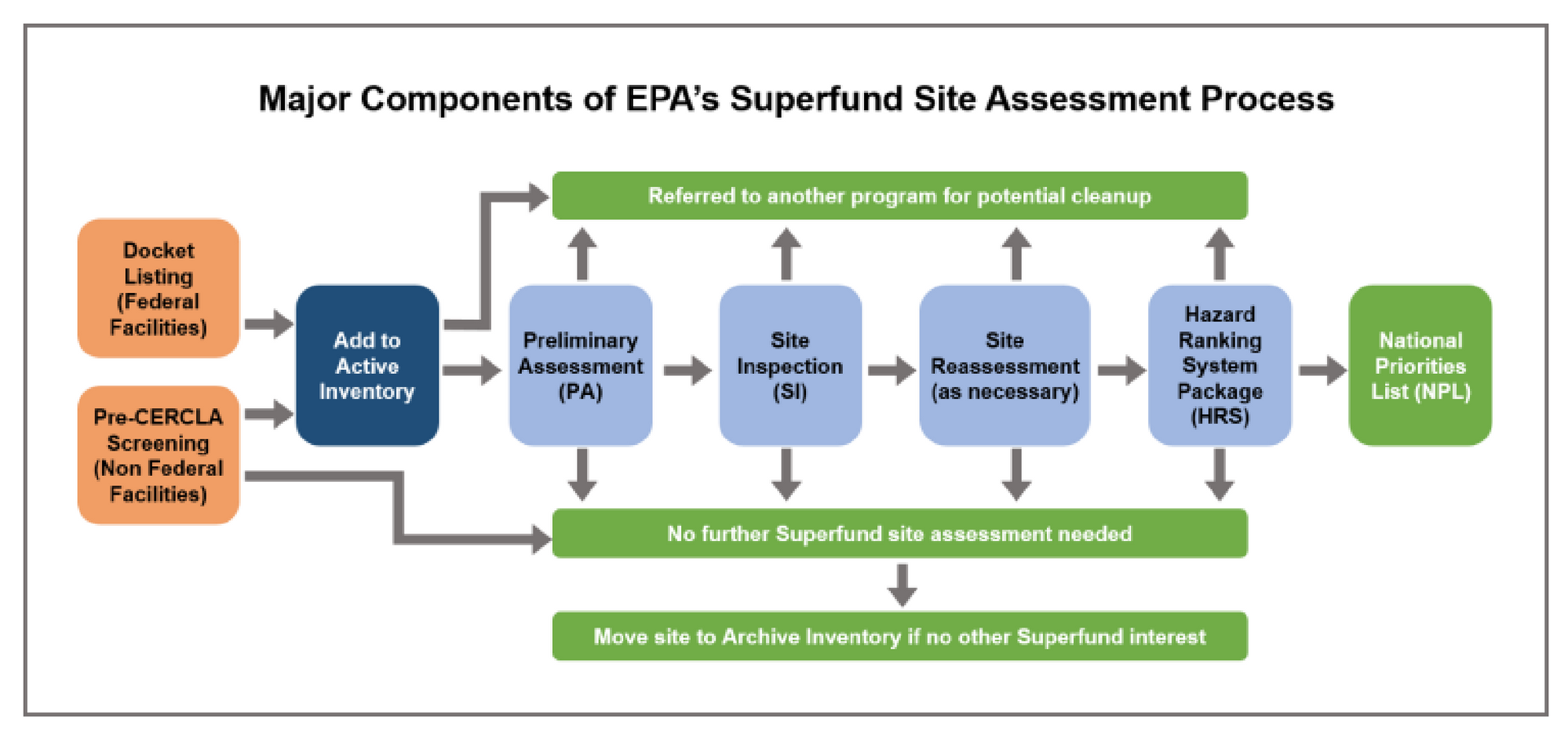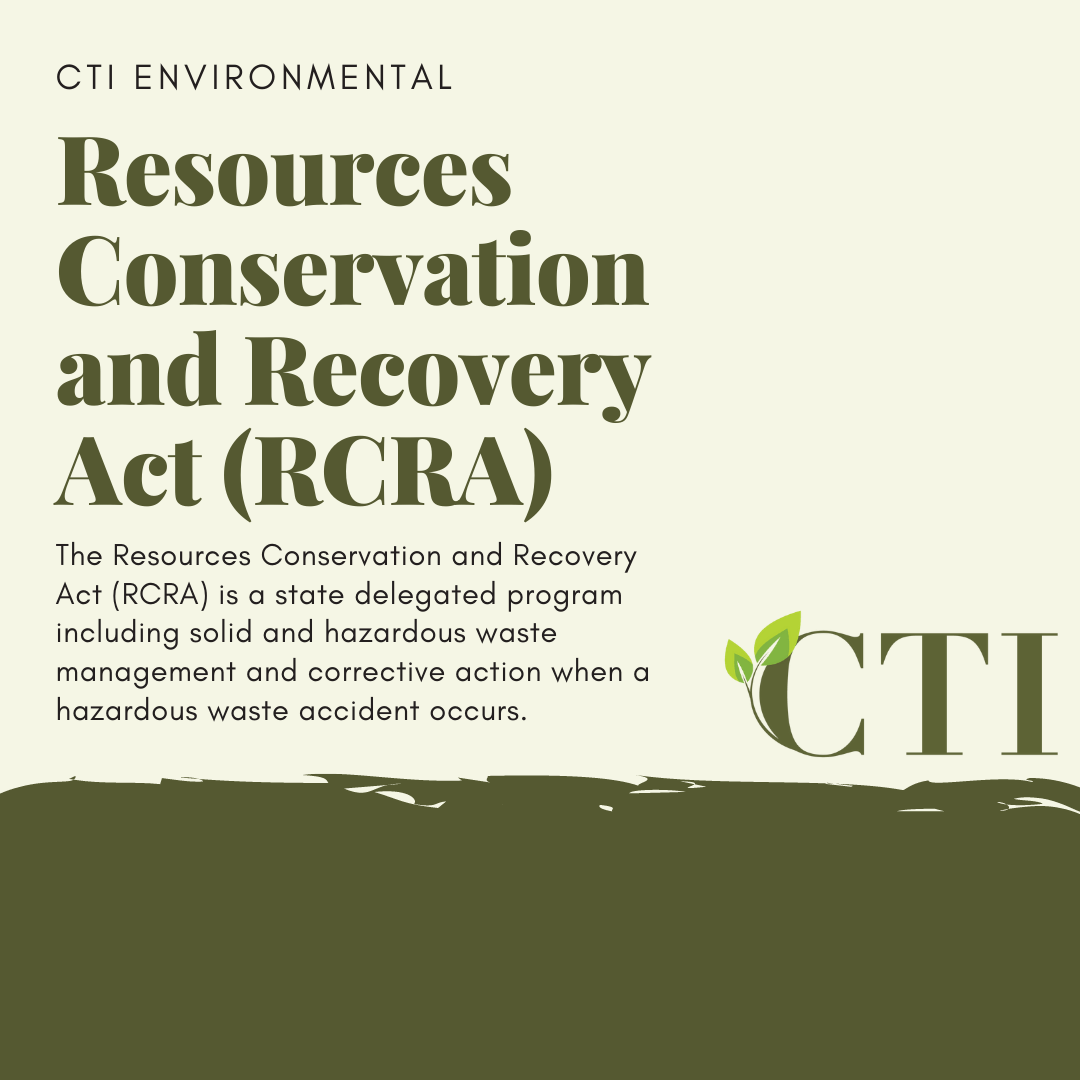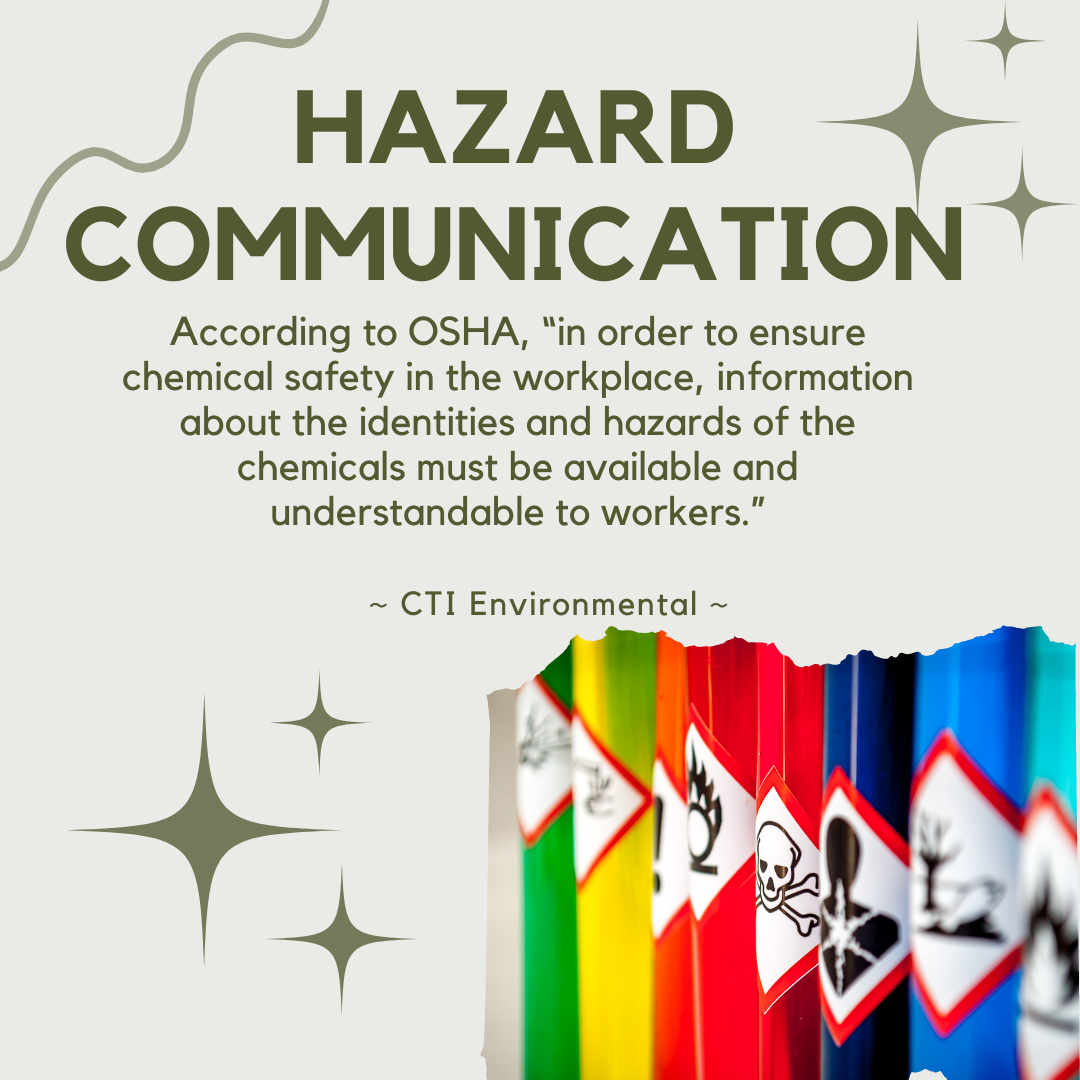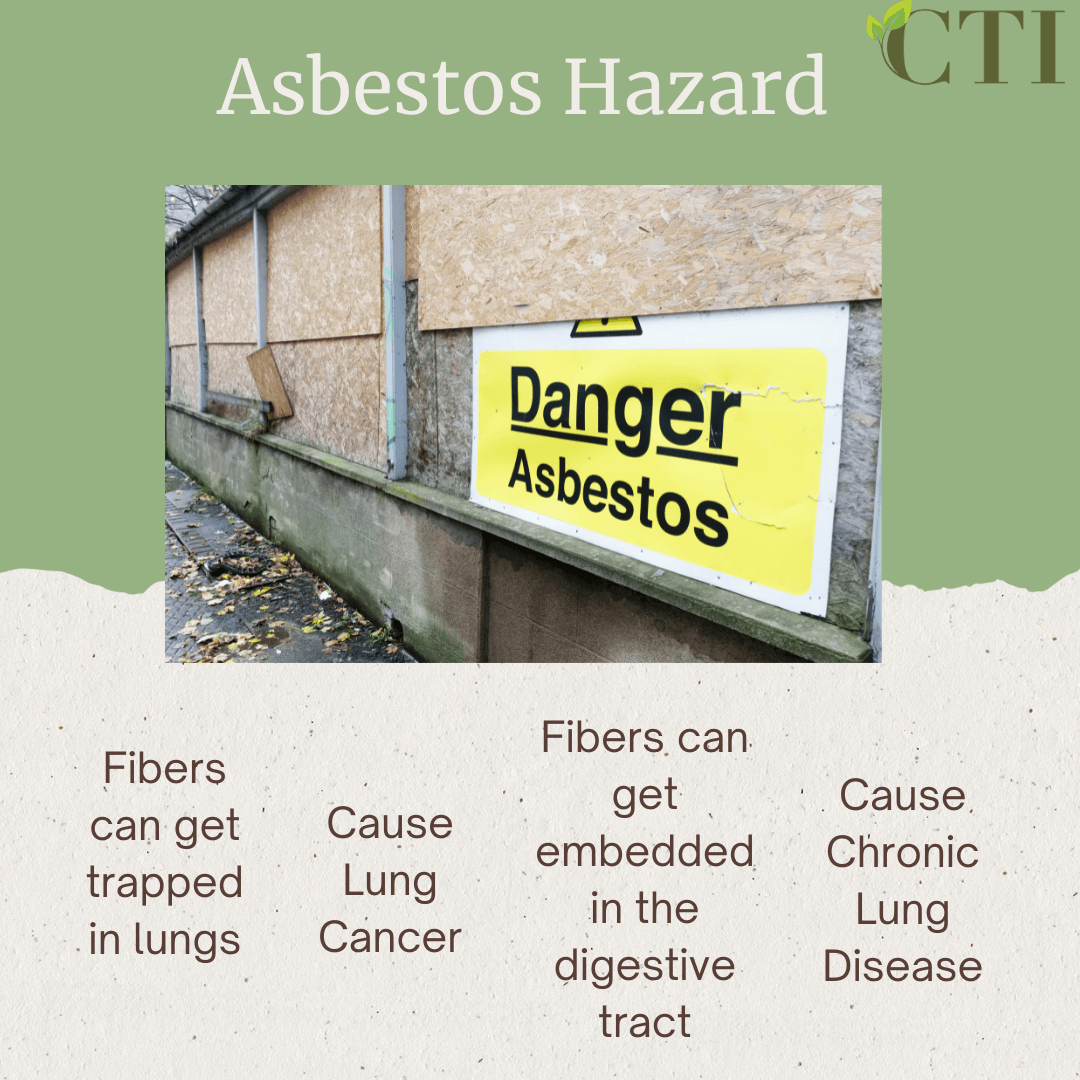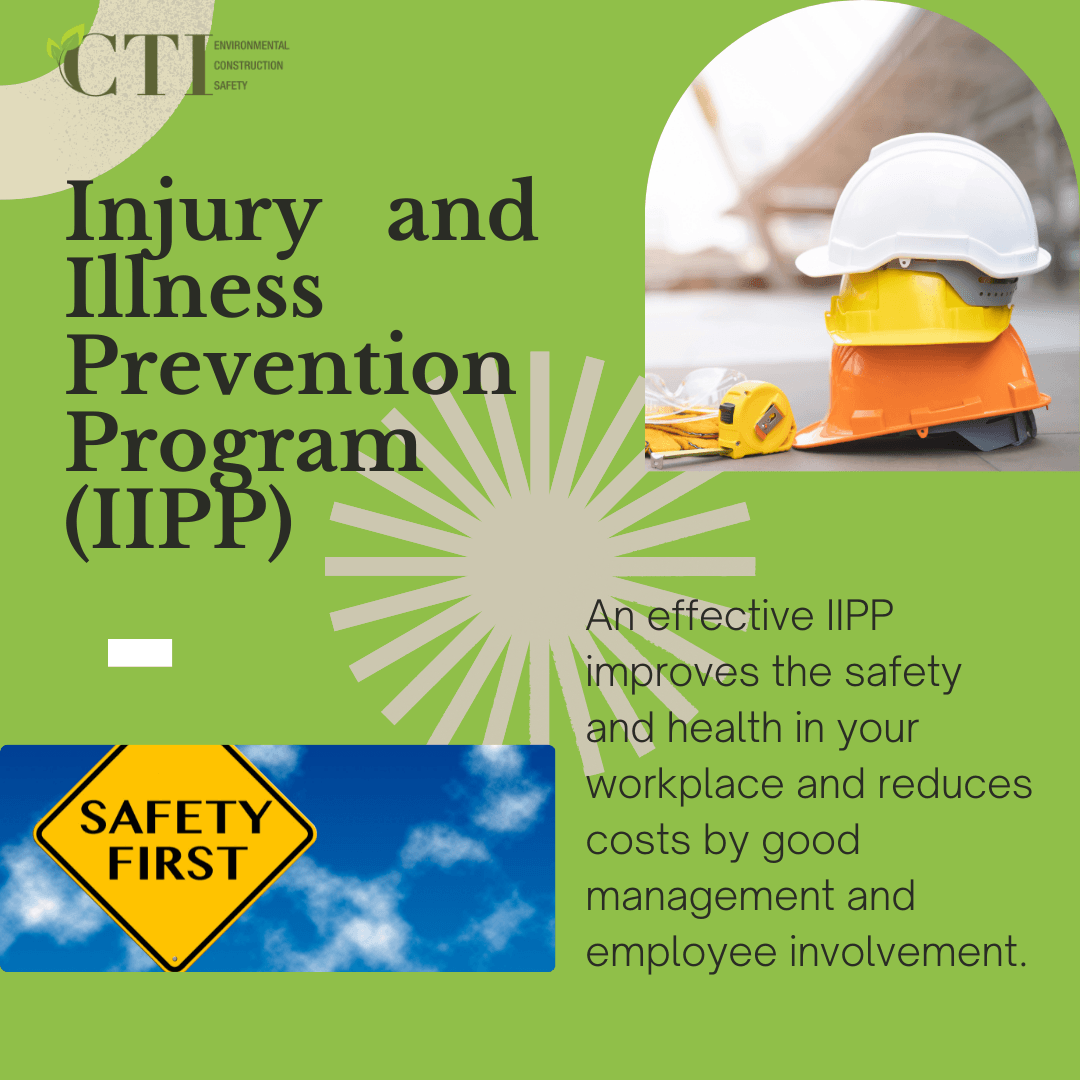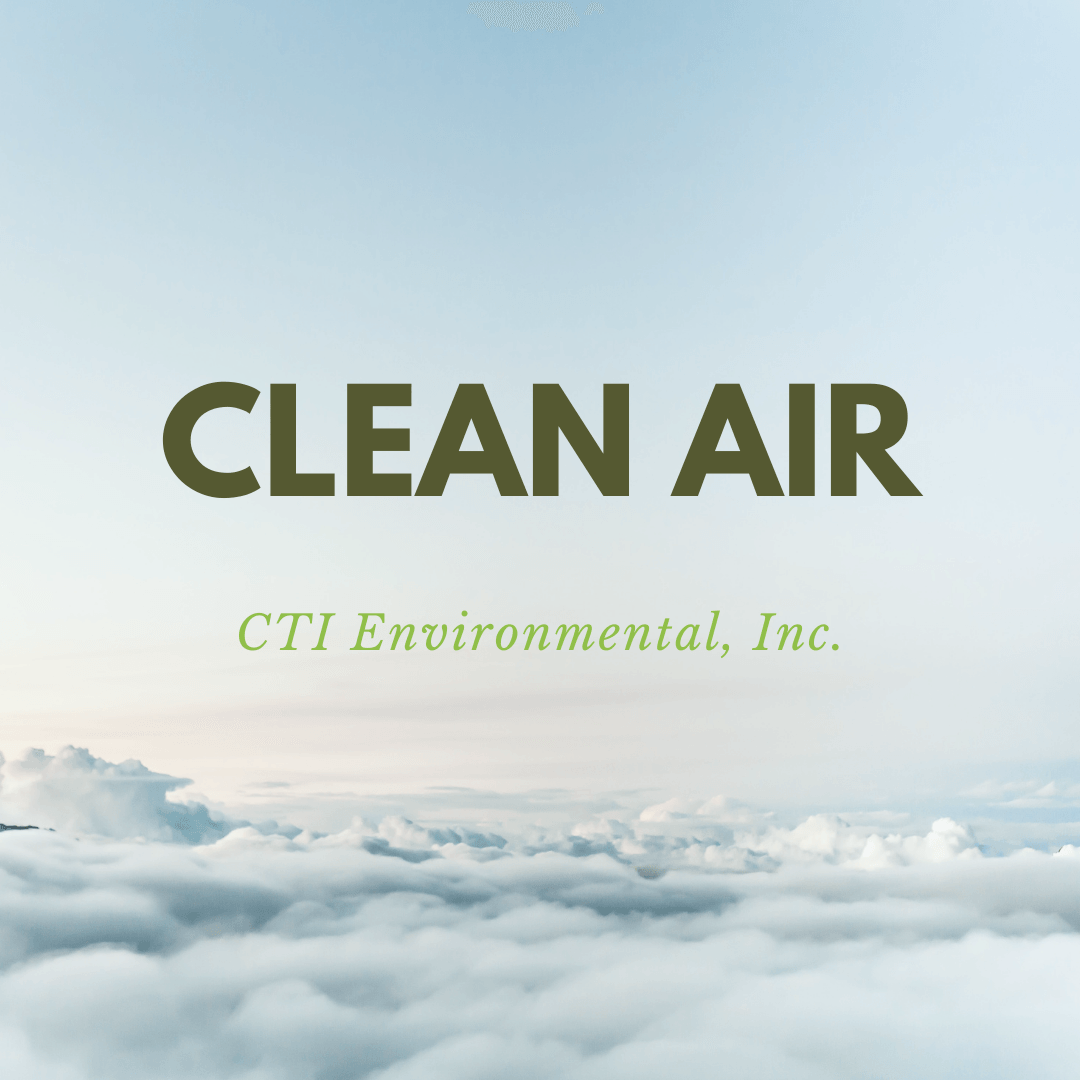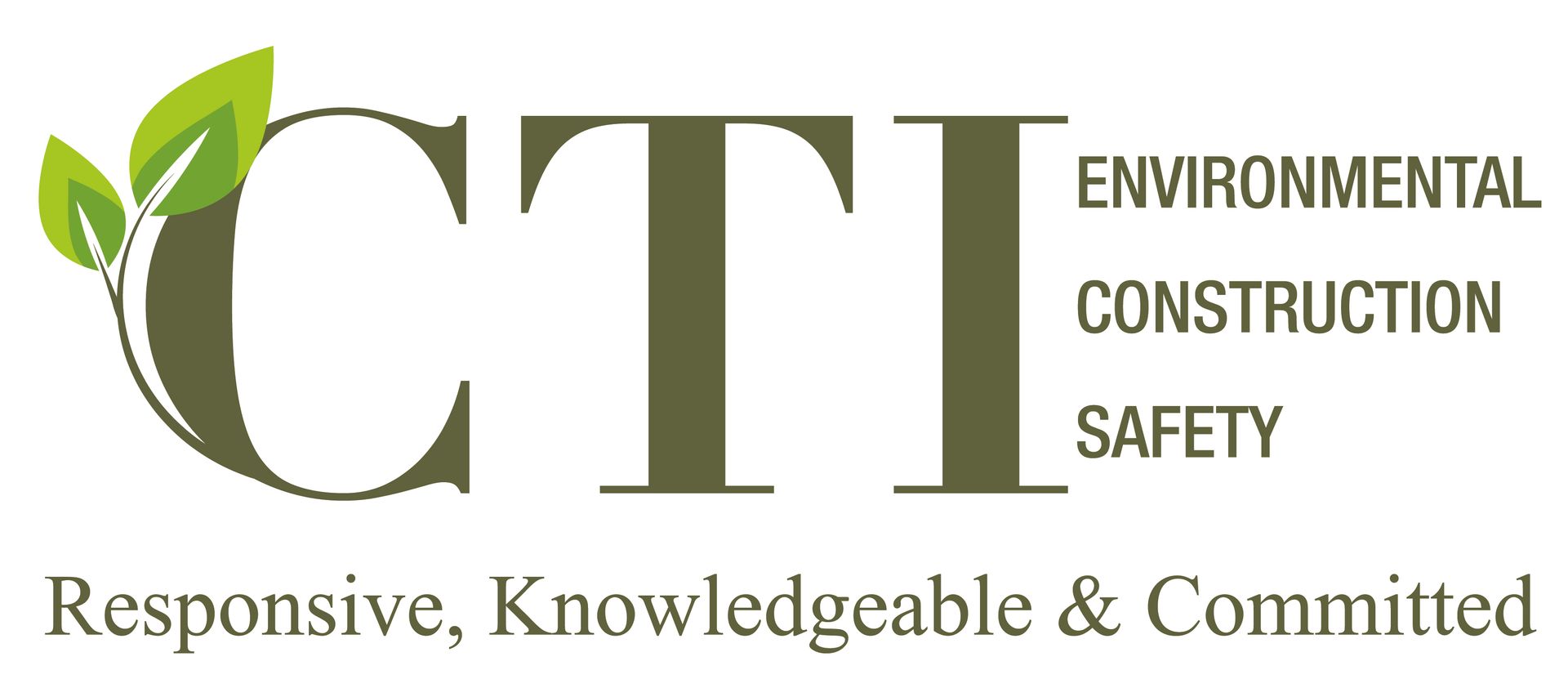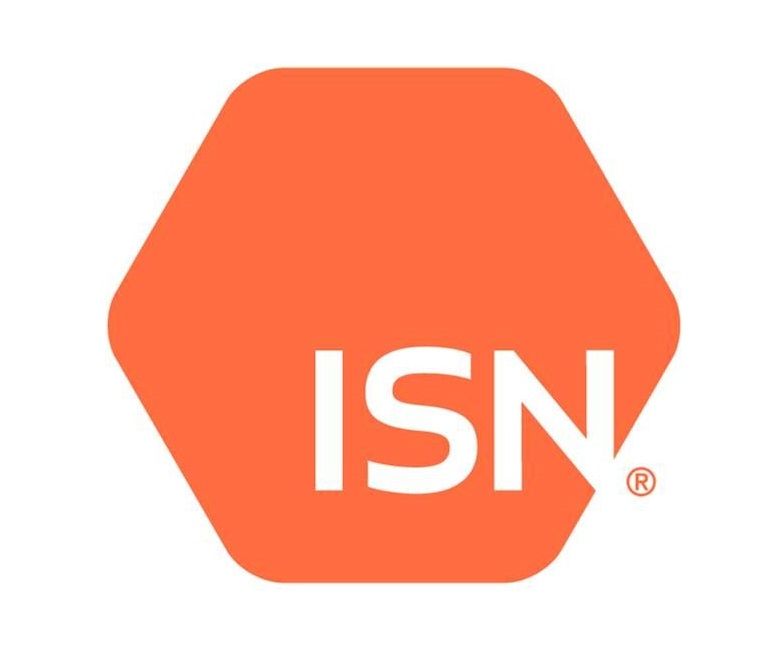Heat Illness Prevention
Intern Insight
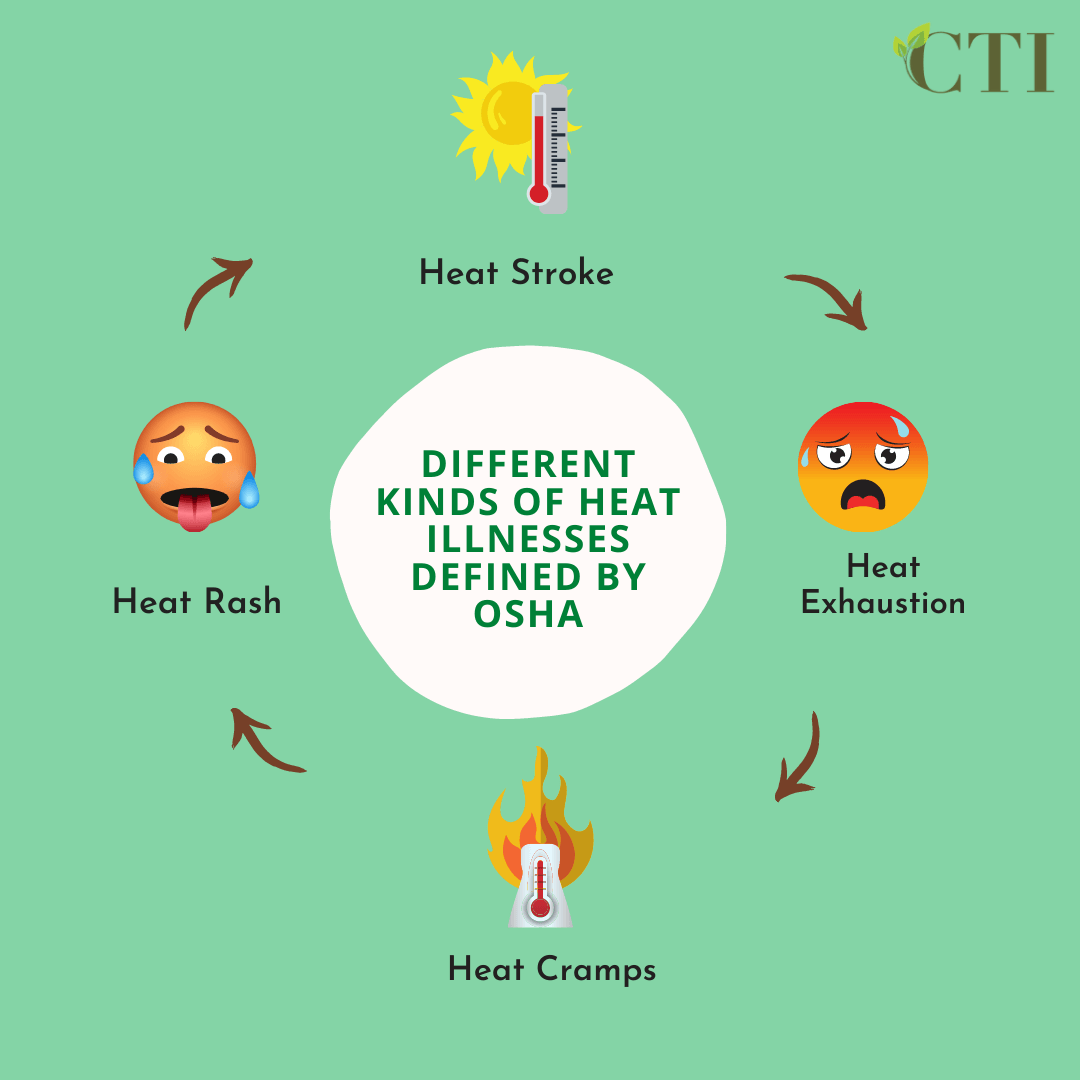
What is a Heat Illness?
According to the CDC, a heat-related illness is when “a warm environment, especially when physically active, the human body relies on its ability to get rid of excess heat to maintain a healthy internal body temperature.” When heat dissipation does not happen quickly, the body temperature will rise, and symptoms will occur, leading to heat illness. Heat illness prevention is when you take the necessary steps, planning, and supervising in a work environment to avoid heat illness.
Signs and Symptoms of Heat Related Symptoms
According to the CDC, an individual can express symptoms and signs that can help prevent a severe heat illness.
Below is a picture the CDC has developed for heatstroke, heat exhaustion, heat cramps, sunburns, and heat rash. This list includes signs and symptoms to look for and what to do if they occur.
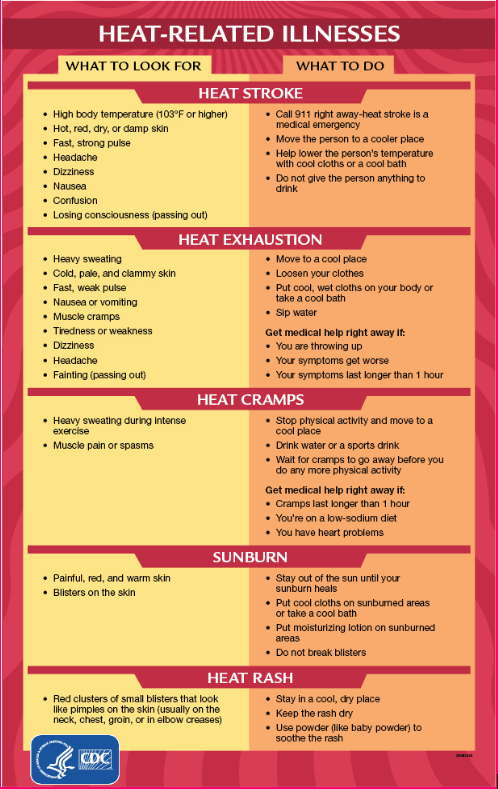
Different Kinds of Heat Illnesses Defined By OSHA
- Heat Stroke: “Heat stroke occurs when the body’s temperature regulating system fails and body temperature rises to critical levels (greater than 104 degrees Fahrenheit).”
- Heat Exhaustion: “Heat exhaustion includes headaches, nausea, dizziness, weakness, irritability, confusion, thirst, heavy sweating and a body temperature greater than 100.4 degrees F.”
- Heat Cramps: “Heat cramps are muscle pains usually caused by the loss of body salts and fluid during sweating.”
- Heat Rash: “Heat rash is the most common problem in the work environment. Heat rash is caused by sweating and looks like a red cluster of pimples or small blisters.”
OSHA Campaign
OSHA launched a campaign for heat illness prevention in 2011. According to the OSHA website, “Through training sessions, outreach events, informational sessions, publications, social media messaging and media appearances, millions of workers and employers have learned how to protect workers from heat.” Their main message to prevent heat illness narrows down to water, rest, and shade. Accompanying this campaign, OSHA has made an app for heat safety. This app is named OSHA - NIOSH Heat Safety Tool and is available on Itunes for Apple and Androids. This app features “real-time heat index and hourly forecasts, specific to your location, as well as occupational safety and health recommendations from OSHA and NIOSH.” (iTunes). In addition, it has a visual indicator on the heat index, recommendations specific to your heat index- associated risk levels, hourly forecast of heat index values and risk levels, humidity control for calculations of variable conditions, signs and symptoms of heat-related illness, and first aid information.
OSHA Heat Index: A Guide for Employers
The heat index is a value that takes temperature and humidity into account. When the heat index increases, the hotter it feels outside. OSHA says, “the heat index is a better measure than air temperature alone for estimating the risk to workers from environmental heat sources.” See the picture below for OSHA’s heat index that shows the risk level and protective measures.

Outdoor Heat Environments
The first couple of days working on a project is when a majority of outdoor fatalities occur. The body needs to build a tolerance towards the heat over a gradual amount of time; this process is called heat acclimatization. The shortfall of heat acclimation is a risk factor for fatalities. According to the CDC website, the following industries have been affected by outdoor heat-related illnesses:
- Agriculture
- Construction - especially road, roofing, and other outdoor work
- Construction- roofing work
- Landscaping
- Mail and package delivery
- Oil and gas well operations
Indoor Heat Environments
Indoor heat illness is also an issue during all seasons if the conditions are right. According to the CDC website, the following industries are affected by indoor heat-related illnesses:
- Bakeries, kitchens, and laundries (sources with indoor heat-generating appliances)
- Electrical utilities (boiler rooms)
- Fire Service
- Iron and steel mills and foundries
- Manufacturing with hot local heat sources, like furnaces (ex: paper products or concrete)
- Warehousing
Tips for Preventing Heat Illness
Staying cool, hydrated, and informed are 3 key aspects to prevent heat illness. There are different components to each element to avoid heat illness properly.
Staying cool means to:
- Wear appropriate clothing
- Stay Cool Indoors
- Schedule Outdoor Activities Carefully
- Wear Sunscreen
- Drink plenty of fluids
- Replace salt and minerals when you sweat
- Check for updates on your local news channels
- Research the signs of heat-related illnesses
- Monitor high-risk individuals
Planning and Supervision
Creating a heat illness prevention plan is necessary for employers to implement in the workplace. The CDC includes important fundamental questions to consider when creating your illness prevention plan.
- Who will provide oversight daily?
- How will new workers gradually develop heat tolerance?
- Temporary workers may be more susceptible to what and require closer supervision.
- Workers returning from extended leave may also be at increased risk.
- How will the employer ensure that first aid is adequate and the protocol for summoning medical assistance in situations beyond first-aid is effective?
- What engineering controls and work practices will be used to reduce heat stress?
- How will heat stress be measured?
- How to respond when the National Weather Service issues a heat advisory or heat warning?
- How will we determine if the total heat stress is hazardous?
- What training will be provided to workers and supervisors?
Someone at a worksite needs to be responsible for monitoring conditions and implementing the heat prevention plan during the workday. The CDC says this individual needs to identify and control heat hazards, recognize early symptoms of heat stress, administer first aid for heat-related illnesses, and activate emergency medical services quickly when needed.

References:
https://www.osha.gov/heat-exposure/planning
https://www.osha.gov/publications/bytopic/heat-illness-prevention-(outdoor-workers)
Heat Illness Prevention Campaign | Occupational Safety and ...https://www.osha.gov › heat
https://www.cdc.gov/disasters/extremeheat/heattips.html
https://www.cdc.gov/disasters/extremeheat/warning.html
https://www.osha.gov/heat-exposure
https://my.clevelandclinic.org/health/diseases/16425-heat-illness
